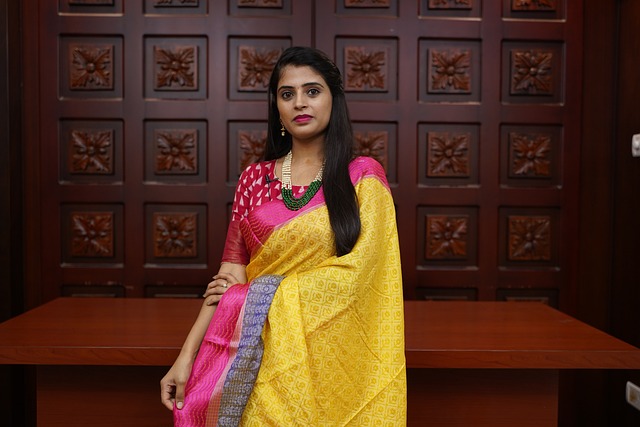Tussar silk sarees, also known as Kosa silk sarees, are a testament to the rich weaving traditions of India. These sarees are crafted from Tussar silk, a special type of silk derived from the cocoons of wild silk moths, primarily found in the states of Jharkhand, Bihar, and West Bengal. The history of Tussar silk sarees is intertwined with the cultural heritage of these regions and showcases the artistic prowess of the weavers.
Historical Roots:
The origins of Tussar silk can be traced back centuries, where it was revered as a fabric fit for royalty. The art of Tussar silk weaving has been passed down through generations, with weavers employing traditional techniques to create these exquisite sarees. The beauty of Tussar silk lies in its natural texture and unique golden sheen, which sets it apart from other varieties of silk.
Craftsmanship and Weaving Techniques:
Tussar silk sarees are handwoven by skilled artisans who meticulously bring the fabric to life. The weaving process involves spinning the silk yarn and then intricately weaving it on traditional looms. The sarees are characterized by their fine and delicate texture, making them lightweight and comfortable to wear.
One of the distinguishing features of Tussar silk sarees is the beautiful texture created by the irregularities in the silk fibers. These irregularities lend a natural elegance to the fabric, giving it a distinct charm. The golden sheen of Tussar silk is further enhanced by the use of traditional dyes made from natural substances like flowers, barks, and leaves.
Designs and Motifs:
Tussar silk sarees feature a wide array of designs and motifs that reflect the cultural heritage of the region. Floral patterns, nature-inspired motifs, and geometrical designs are commonly seen on these sarees. Traditional art forms, such as Madhubani and Kantha embroidery, are often incorporated into the saree’s borders and pallu, adding a touch of artistry and creativity.
The Appeal of Tussar Silk:
Tussar silk sarees have a timeless appeal that transcends fashion trends. The fabric’s lightweight nature and breathability make it perfect for all seasons, particularly in the warm Indian climate. The golden sheen of Tussar silk lends an aura of elegance and sophistication, making it a preferred choice for special occasions, festivals, and weddings.
Preserving the Craft:
While Tussar silk sarees continue to captivate saree enthusiasts, the art of Tussar silk weaving faces challenges such as the availability of raw materials and the increasing competition from machine-made fabrics. However, efforts are being made by weavers, artisans, and organizations to promote the art form, support the weaver community, and ensure the sustainability of Tussar silk sarees.
Tussar silk sarees embody the rich cultural heritage and artistic finesse of the regions they originate from. Each saree is a testament to the craftsmanship and dedication of the weavers, creating a timeless piece of wearable art that celebrates the beauty of Indian textiles.
